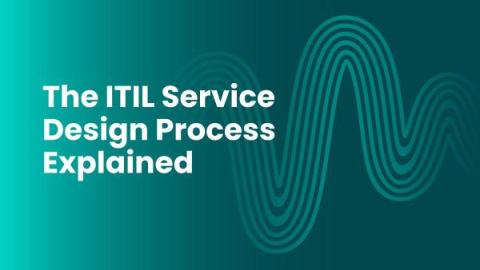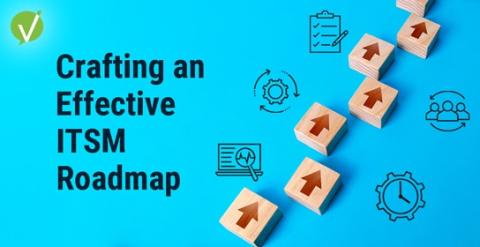Resource Scheduling in Project Management: Beginner's Guide
Whether you are working with limited resources or simply want to manage what you have more effectively, resource scheduling is an important part of project management that’s all too often overlooked. Project managers are starting to embrace a range of tools and platforms to support their resource scheduling needs. 56% of respondents to a recent survey said their enterprise uses tools for resource management.











